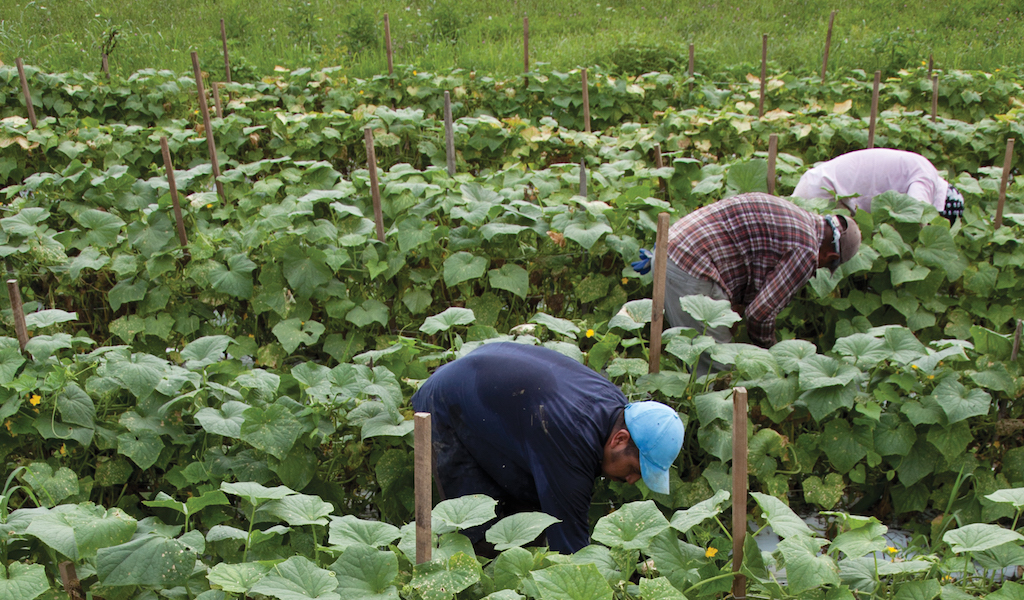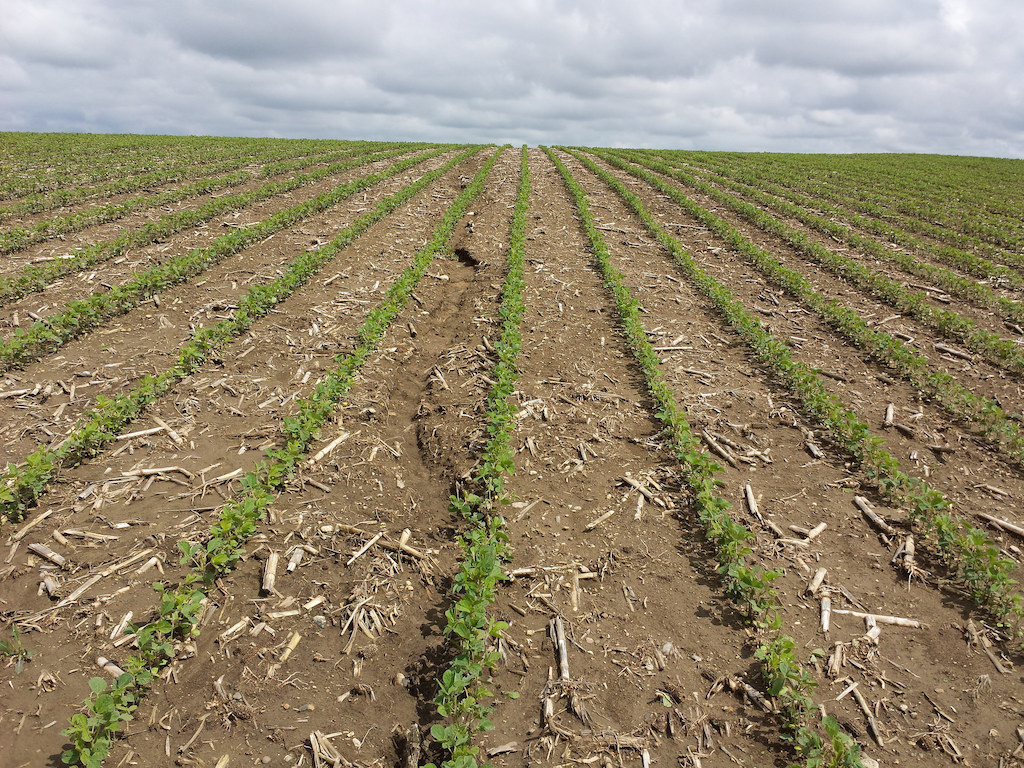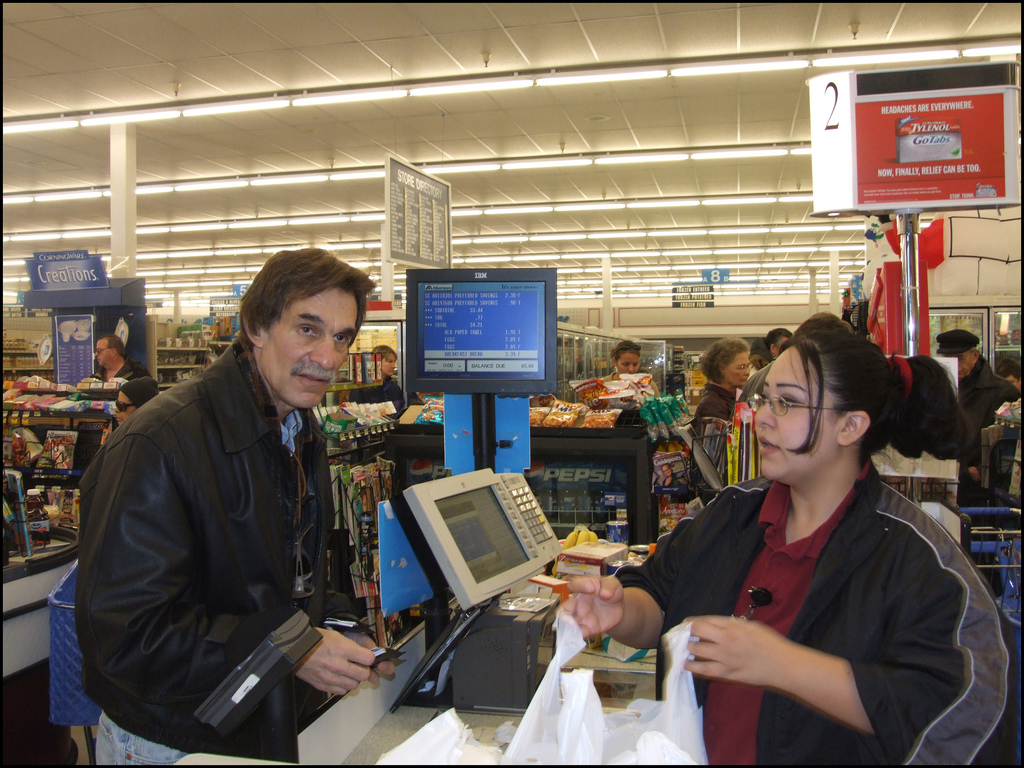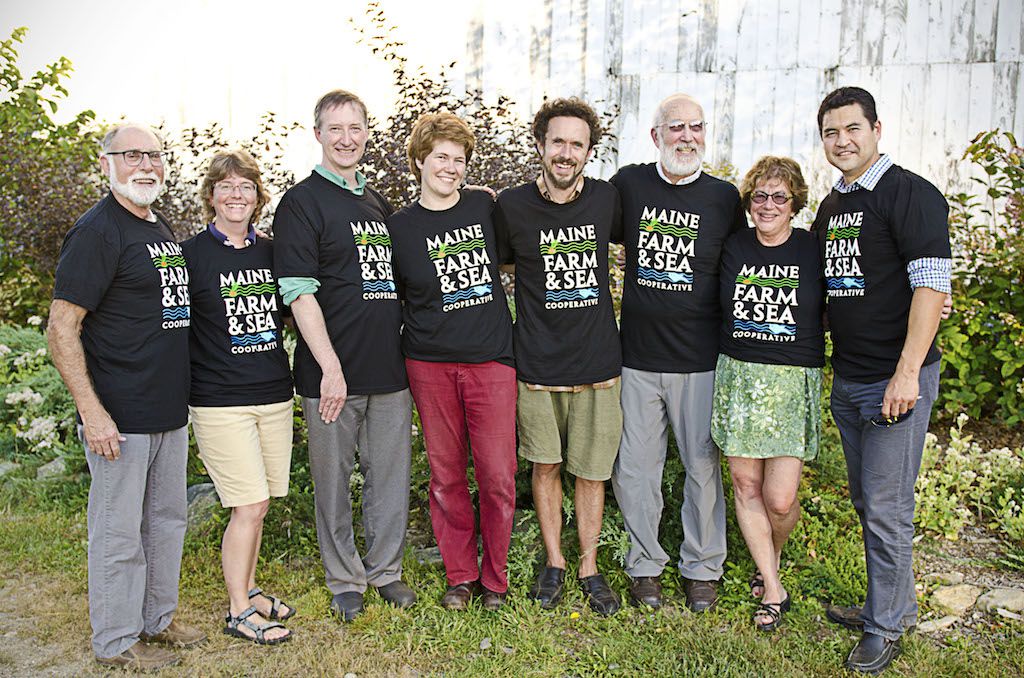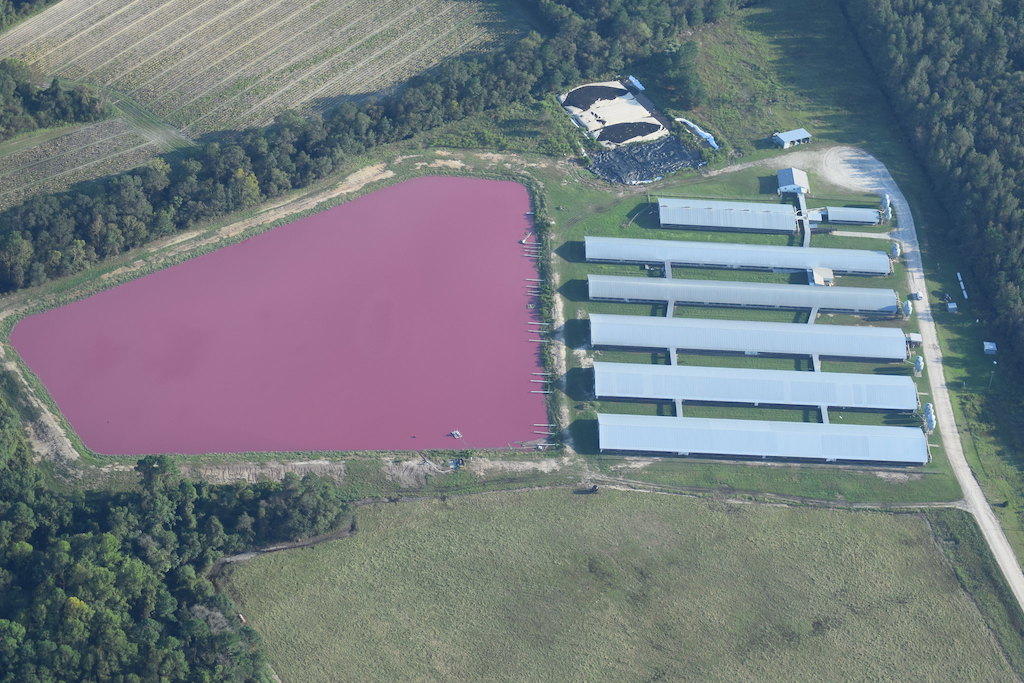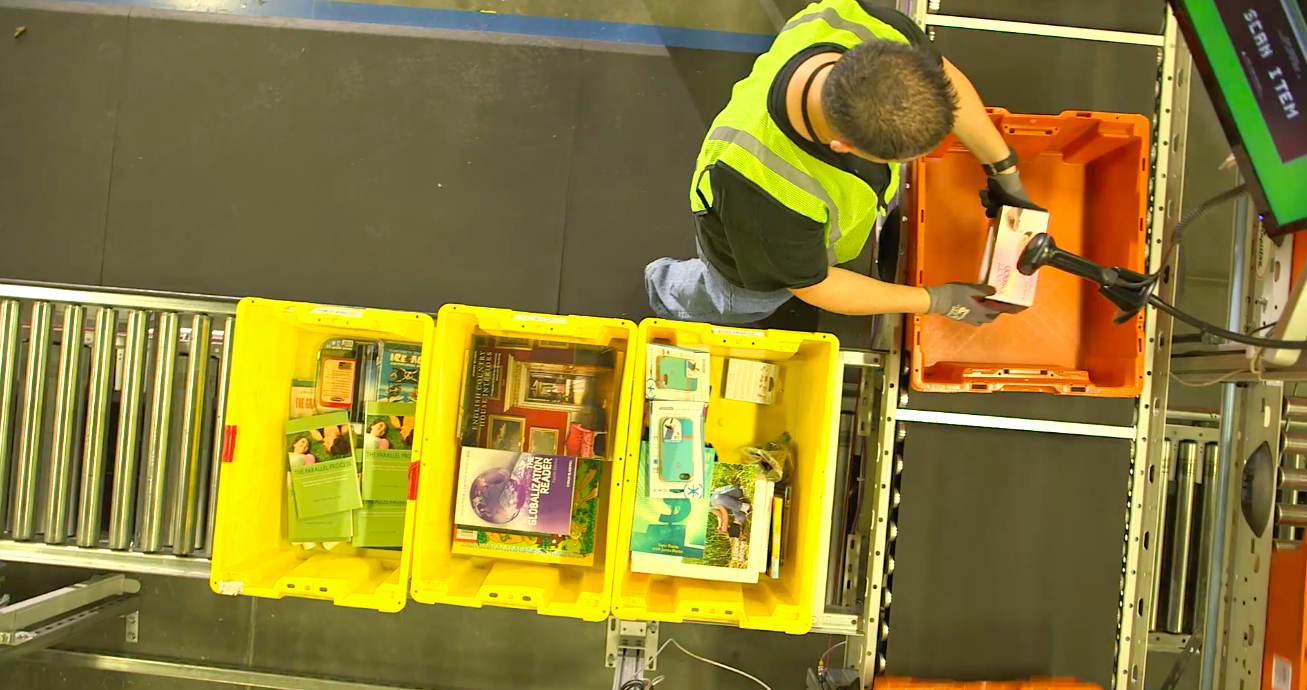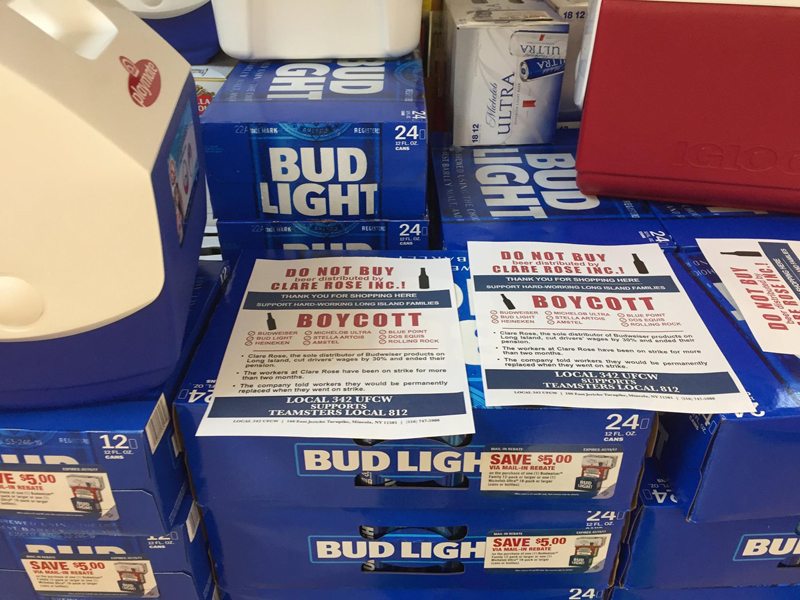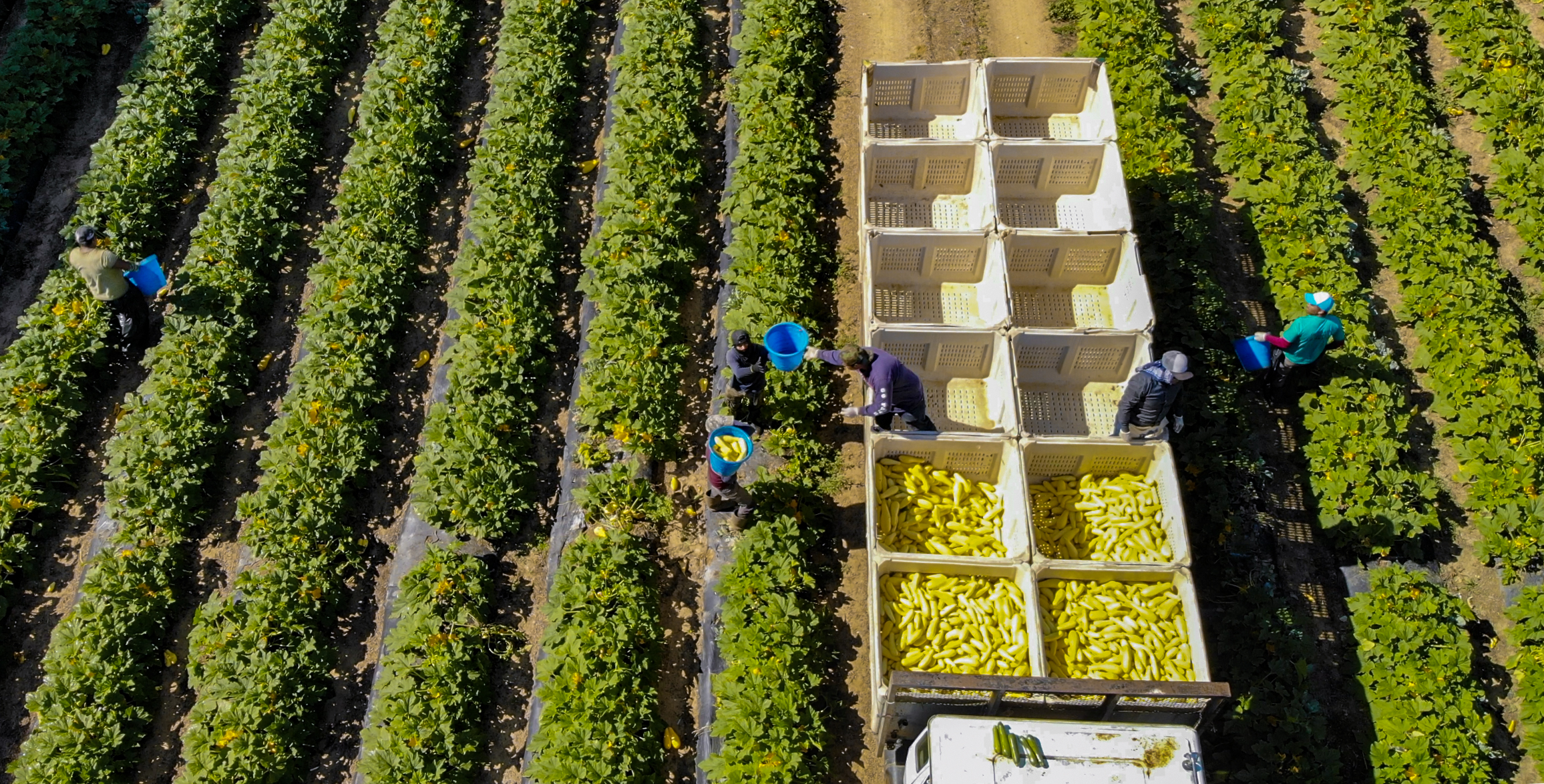
U.S. Department of Agriculture / Flickr
Summer harvest is underway in California’s San Joaquin Valley. And temperatures in the epicenter of the state’s farm economy are expected to reach 99 degrees on Thursday. That means it’s time for the United Farm Workers, a union representing thousands of workers across the state, to do what it does every summer: Get the word out about staying cool in the shade.
Since 2005, California has required that farm workers have shade for breaks, under a canopy or raised tent, for example, and access to cool, clean drinking water. After a spate of heat-related deaths that year, then-Governor Arnold Schwarzenegger, a Republican, developed new emergency safety regulations and called on employers to voluntarily enact them. Like construction workers, gardeners, and other outdoor workers, farm workers are at risk of developing heat-related illnesses, like exhaustion or heat stroke, during what are often 10- or 12-hour shifts during the hottest part of the day.
But too often, the United Farm Workers has said, those protections—which were the first in the nation—aren’t being followed. In lawsuits filed in 2009 and 2012, the union, founded by labor leader and civil rights activist Cesar Chavez, alleged that employers took advantage of the rules. They weren’t written clearly—the regulations didn’t say how close the water and shade had to be to the workers. Plus, overburdened inspectors often lacked enough evidence to pursue complaints.
So, since 2015, as part of a settlement of those lawsuits, the union has had a direct line to Cal/OSHA to make those complaints, and include employer contacts, incident locations, photographs, and other evidence of violations. Being able to file complaints directly is crucially important in California, where there are as many as 800,000 farmworkers, many of whom are undocumented and may be afraid to go to a government agency, says Marc Grossman, a spokesman for the union.
That’s why the United Farm Workers is on Twitter, asking people to call in if they see crummy, ineffective shade as they’re cruising down a county road. The union can file on the workers’ behalf. And it’s advertising to workers and members of the public asking to be made aware of violations could be effective: The posts have been retweeted tens of thousands times over. (The union also hands out flyers at farms.)
Since the settlement, the heat illness prevention regulations, as they’re known, have been beefed up, and given more specifics. And on the surface, the rules sound pretty easy to follow. Field workers should have access to drinking water that’s “fresh, pure, and suitably cool,” and “located as close as practicable” to their worksites. That means in multiple locations on larger farms. There should be enough water, the regulations say, to provide one quart per employee per hour. Workers are encouraged to break their consumption up into four drinks.
Shade, too, is pretty straightforward. When the temperature exceeds 80 degrees, the requirement is areas with permanent shade that are either open-air or ventilated. That’s not trees in an orchard—when the sun moves, so does the shade. Nor is it a pile of pipes, on a wheeled rig a few feet off the ground, that workers can crawl under to escape the heat, as a state pamphlet shows. That’s a laughable premise, but one that’s rooted in the reality of farm labor.
Breaks are a little trickier. Under the regulations, workers should take regular “preventative cool-down rests” in the shade to help their bodies relieve some of the excess heat. But many field workers are paid a piece-rate, so time spent out of the fields, cooling in the shade, means fruits that aren’t picked and bins that aren’t bought.
In extreme, high-heat conditions, like those in the Central Valley right now, the onus falls partly on employers to monitor workers for early signs of heat illness, and “ascertain the condition of employees at regular intervals.” For some crews, that could require walkie-talkie check-ins. When temperatures soar above 95 degrees, employers have to make sure that workers take those 10-minute cool-down breaks every two hours.
Farms are also required to train their workers to identify the common signs or symptoms of heat exhaustion—such as dizziness, headaches, weakness, and cramping—before it becomes the more serious heat stroke. The managers are required to know the warning signs of that condition, too: fainting, convulsions, and confusion, and to have emergency plans ready to deploy.
“People get exhausted. They get lethargic. They get confused,” David Eisenman, a public health professor at UCLA, has told me, describing symptoms of heat exhaustion. When that happens, people are less likely to reach for water. Too much heat overwhelms the body’s regulatory system and can cause organ failure and heart attacks.
For now, California is one of only three states—the others are Minnesota and Washington—with heat illness rules for farm workers. Grossman says the union is hoping the model catches on nationally. In the meantime, maybe a little Twitter-shaming of janky tarps will get the ball rolling.

